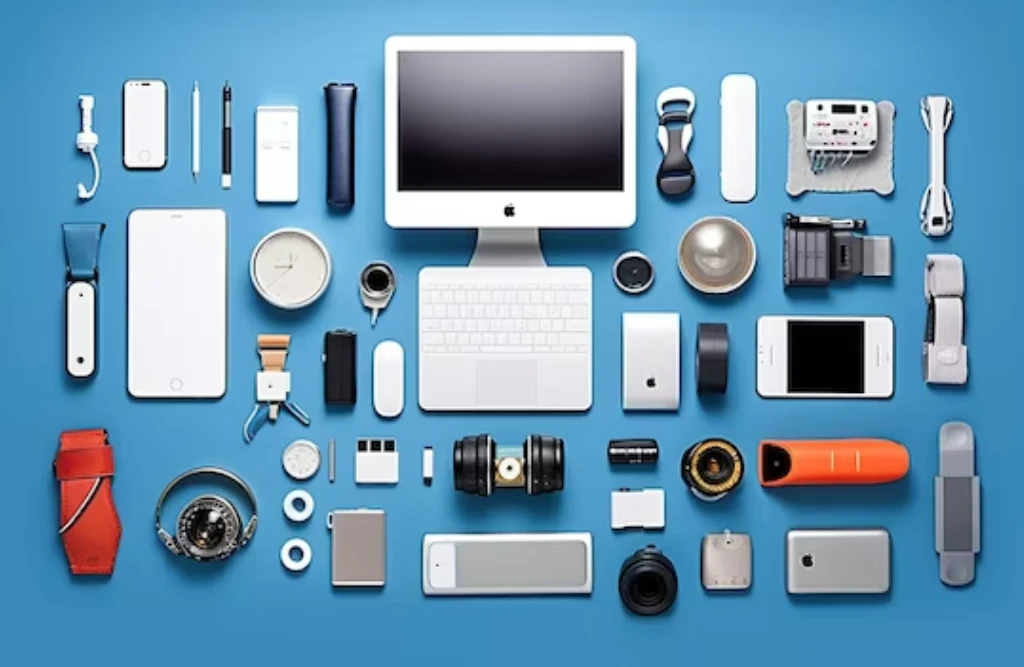A compact microscope is a modern solution for those who need high-quality magnification without the bulk of traditional laboratory equipment. Designed to be lightweight, portable, and user-friendly, these microscopes are perfect for classrooms, fieldwork, hobbyists, and professionals who require mobility without sacrificing performance.
What is a Compact Microscope?
A compact microscope is a scaled-down version of the standard optical microscope. It retains core functionalities like adjustable magnification, clear optics, and illumination but comes in a smaller, more travel-friendly form factor. Some models are handheld, while others fit easily on small desks or field kits. Despite their size, many compact microscopes offer magnification levels from 20x to over 1000x, enabling users to view cells, microorganisms, crystals, fibers, and more.
Key Features of a Compact Microscope
- Portability: Small enough to carry in a backpack or even a large pocket.
- Durable Build: Many are designed to withstand frequent handling and transportation.
- LED Illumination: Energy-efficient lighting ensures clear viewing even in low-light environments.
- Multiple Magnification Levels: Zoom or interchangeable lenses allow flexibility in observation.
- Digital Integration: Some models connect to smartphones or computers for capturing and sharing images.
Applications of Compact Microscopes
- Education – Perfect for classrooms, science fairs, and student research projects, offering an affordable and practical introduction to microscopy.
- Field Research – Biologists, ecologists, and geologists can use them to study samples directly on-site, eliminating delays between collection and analysis.
- Medical & Veterinary Diagnostics – Useful in rural or mobile clinics for quick sample observation.
- Hobby & Craft Work – Great for viewing coins, stamps, gems, or other collectibles.
- Industrial Inspections – Handy for examining materials, electronics, or fine machinery components.
Advantages of a Compact Microscope
- Space-Saving Design: Fits in small labs, classrooms, or travel cases.
- Cost-Effective: Generally more affordable than full-sized lab microscopes.
- Ease of Use: Designed for quick setup and simple operation, making them ideal for beginners.
- Versatile Use: Suitable for a wide range of professional and personal applications.
Choosing the Right Compact Microscope
When buying a compact microscope, consider:
- Magnification Needs: Basic models suffice for educational purposes, while professionals may require higher magnification.
- Power Source: Some run on batteries, others have USB or AC power options.
- Optics Quality: Look for coated lenses to enhance clarity.
- Additional Features: Camera integration, measurement tools, or waterproofing can be valuable.
Conclusion
A compact microscope brings the power of scientific exploration into a smaller, more convenient form. Whether you’re a student exploring biology, a field researcher studying samples on the go, or a hobbyist diving into the details of your collectibles, these microscopes make it possible to explore the microscopic world without the bulk and complexity of traditional lab equipment. With technological advancements, today’s compact microscopes are more powerful, precise, and accessible than ever before — proving that big discoveries can come from small packages.






